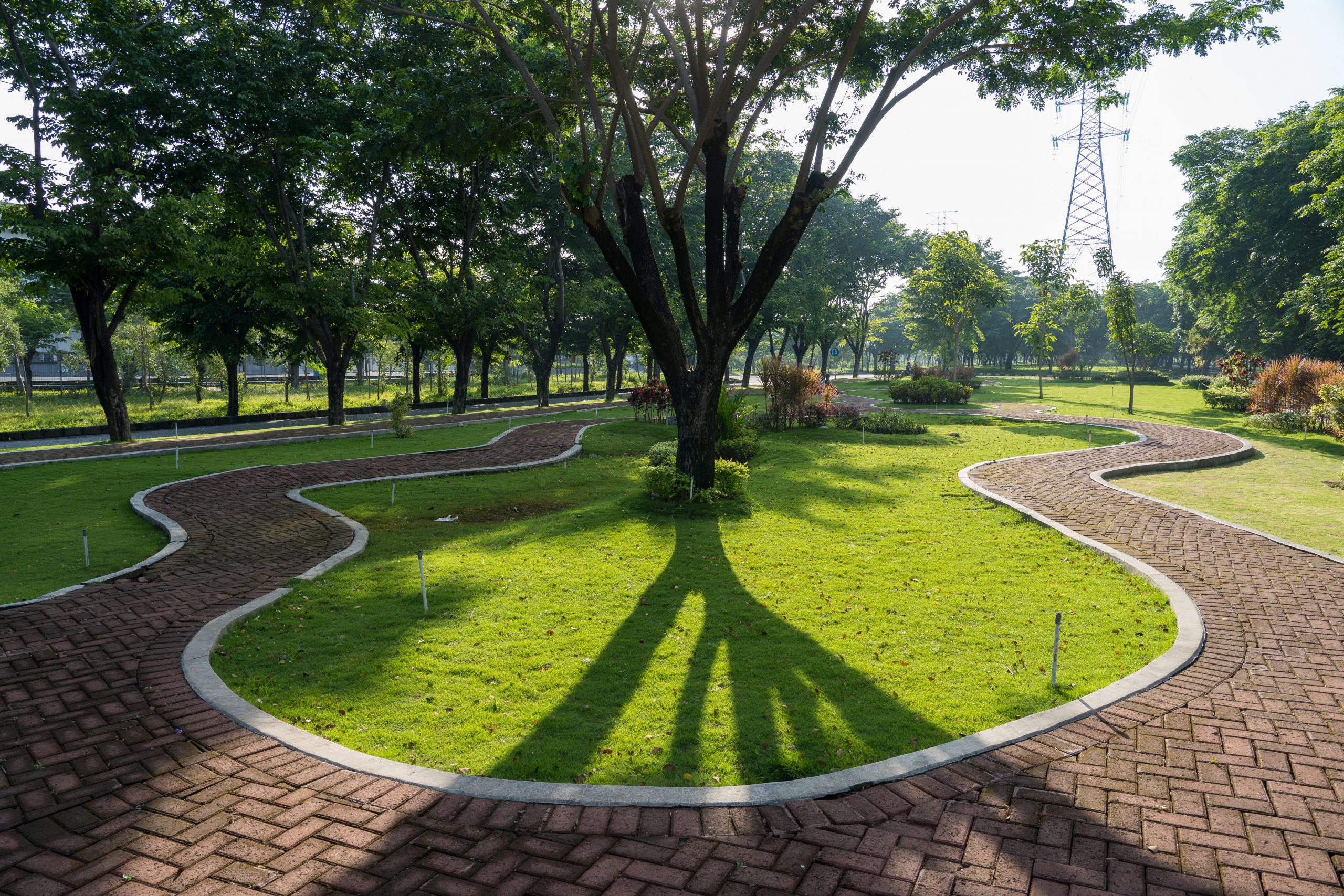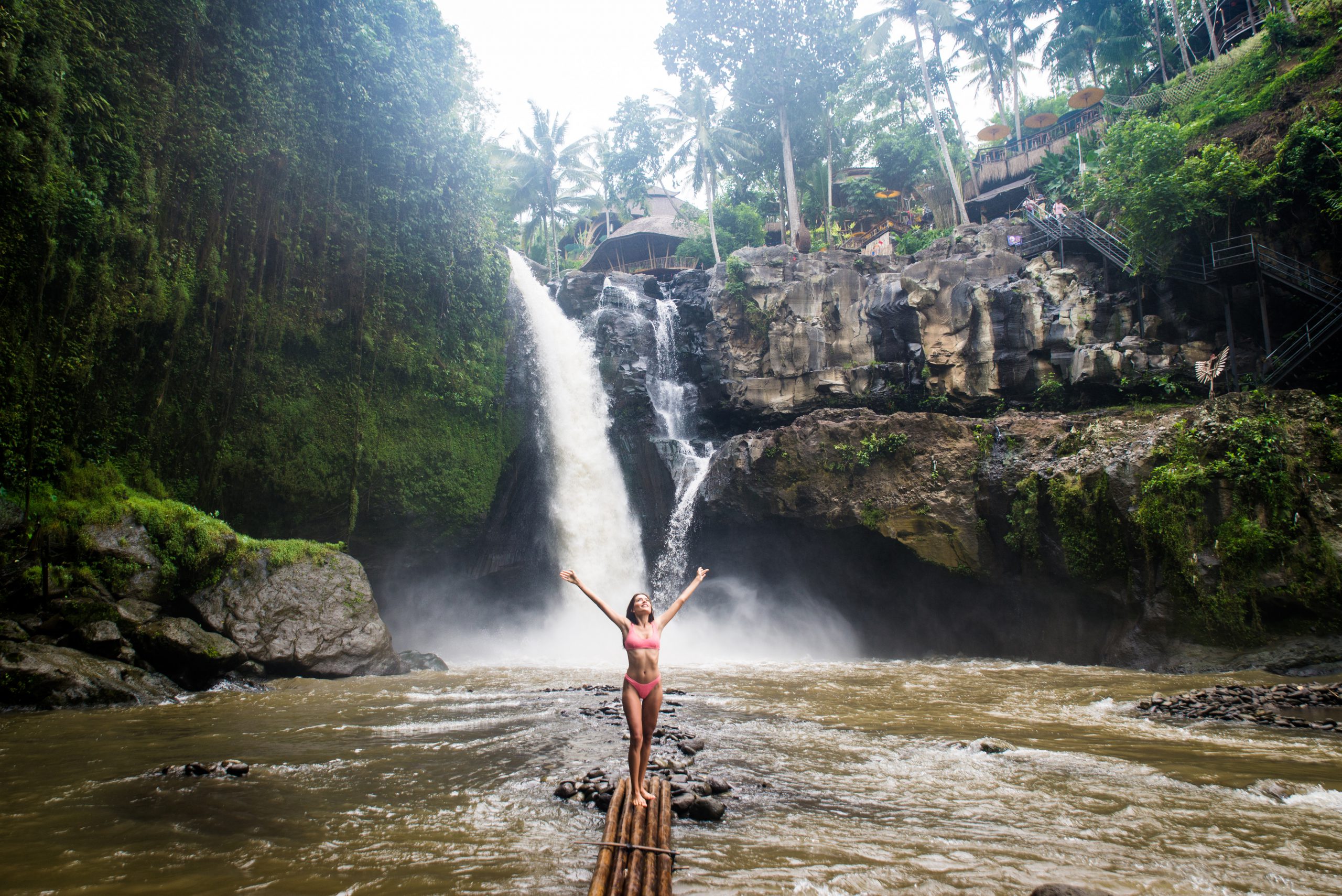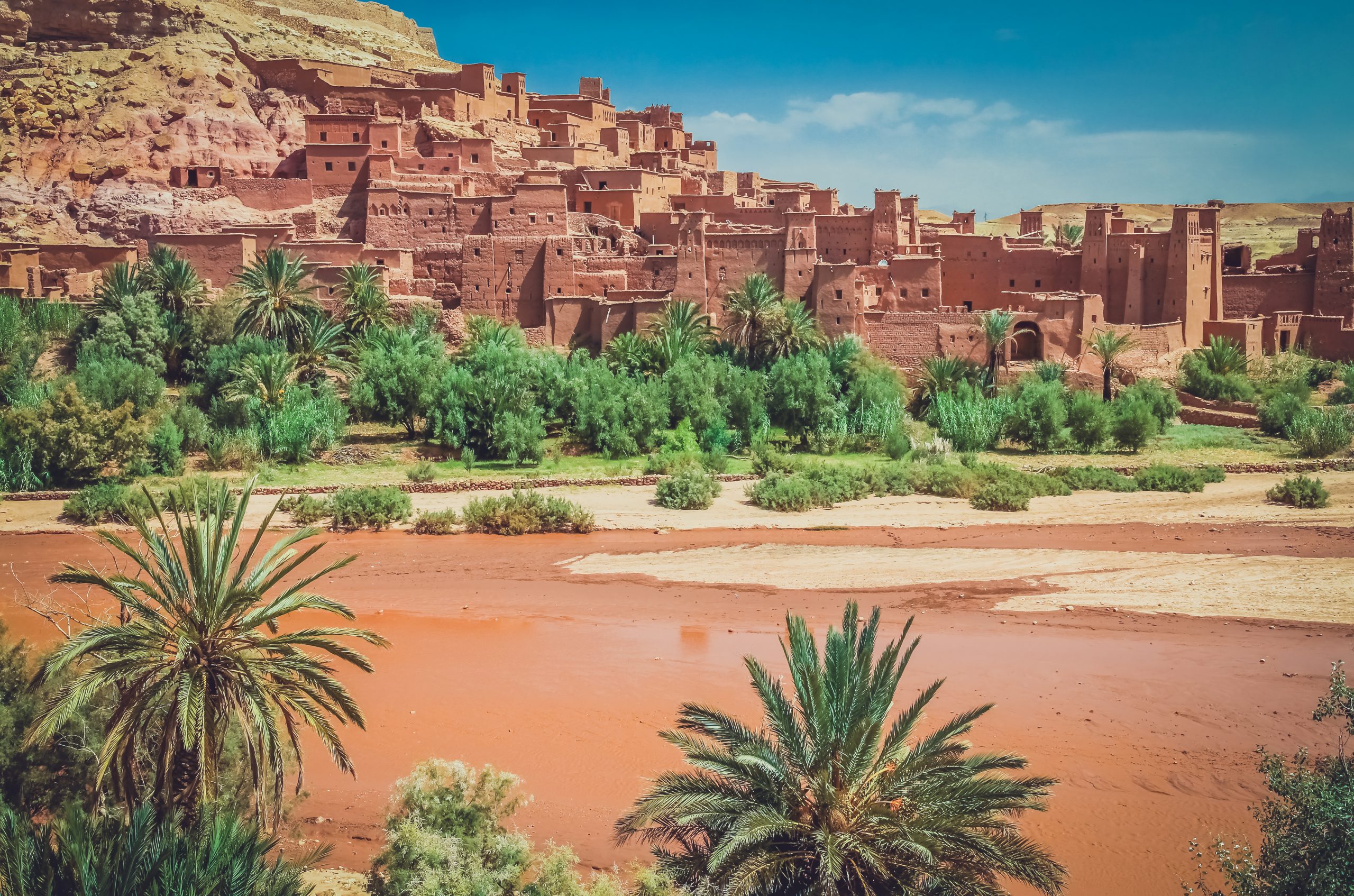
This week, the Museum of Modern Art in New York will unveil “Iranian Cinema Before the Revolution 1925-1979,” an extraordinarily ambitious, long-in-the-works event that will include close to 70 features and shorts, many never seen before in New York and most presented in new restorations.
For New York cinephiles, the series is likely to be a revelation that contains countless surprises. For many Western art-house aficionados, after all, Iranian cinema began with the post-revolutionary surge that gained international attention in the 1990s with films like Abbas Kiarostami’s “Taste of Cherry,” Jafar Panahi’s “The White Balloon,” Mohsen Makhmalbaf’s “Gabbeh” and Majid Majidi’s “Children of Heaven,” and later peaked with the Oscar wins by Asghar Farhadi’s “A Separation” (2011) and “The Salesman” (2016).
I was bowled over by the Iranian films I started seeing in the early ’90s, and the more I saw, the more questions I had about their origins. When I went to Iran for the first time in 1997, I eagerly sought out cinephiles, critics, and filmmakers to ask them how the Islamic Republic, a repressive theocracy and international pariah since the Iranian Revolution of 1979, had managed to produce such a remarkable cinematic efflorescence. As I recall in my book In the Time of Kiarostami: Writings on Iranian Cinema (Woodville Press, 2022), some people offered a reply that contained only four words: “the Iranian New Wave.”
Though sometimes erroneously applied to the post-revolutionary cinema, that term properly belongs to the pre-revolutionary decade (1969-1979) that produced an explosion of new cinema and impressive young directors, much as the French New Wave had a decade before. In effect, my Iranian interlocutors were telling me that when the Islamic Republic’s cultural bureaucrats set out, with the blessing of the Ayatollah Khomeini, to revitalize Iran’s cinema in the 1980s, they weren’t creating anything ex nihilo but rather were mining the accomplishments of the Iranian New Wave—some of whose leading directors, including Abbas Kiarostami and Dariush Mehrjui, they invited to resume working.
In Tehran, the more I saw New Wave films and talked to filmmakers active during that period, the more astonished I was. This was a broad-based phenomenon that had produced one masterpiece after another. Why hadn’t it received more international acclaim? A few films had made it into festivals and been reviewed; Andrew Sarris was the rare U.S. critic who paid attention. But mostly, the outpouring was ignored. In pondering why, I could only speculate that since the 1970s was a decade when the West’s cinema was reaching an aesthetic apogee, with directors like Bergman, Godard, Fellini, and Antonioni turning out major works and the New Hollywood revitalizing American moviemaking, it didn’t need to look as far afield as Iran for innovation and excellence. Twenty years later, the situation would be much different.
I’m sure it took a herculean amount of effort to put this new series together, and MoMA curators La Frances Hui and Josh Siegel and guest curator Ehsan Khoshbakht are to be thanked for their work in unveiling an era of cinema that has been too long hidden.
A Bit of Back Story: Beginnings
I was initially puzzled when I saw the dates in the series title: 1925-1979. The second date made sense, of course: 1979 was when revolution effectively destroyed Iranian cinema (a third of the country’s theaters were burned down, and many hardcore Islamists wanted the medium banished forever—fortunately, the Ayatollah Khomeini overruled them). But 1925?
From my perspective, two dates have claim on being the beginning of Iranian cinema. One is 1900. That was when Muzzafar al-Din Shah, one of the last shahs of the Qajar dynasty, saw a movie camera demonstrated in Paris and ordered his court photographer to buy one and bring it to Tehran to shoot films “and show them to our servants.” These royal diversions would have been the first films made by Iranians in Iran.
By 1904, movie theaters had begun opening in Iran, but they showed only imported films for decades. Thus, the other date that marks a beginning is 1930, when Ovanes Ohanian, an Iranian who had studied movie production in Moscow, made the first Iranian entertainment film, an imitation of a popular Danish comedy. Though the 1930s only saw the production of nine films by Ohanian and two other directors, it is essentially the foundational decade of Iranian cinema. (At least two of those features are of enduring importance. Regrettably, the current sanctions prevented the MoMA team from acquiring prints of any 1930s Iranian films. It is hoped there will be other occasions to acquire and present some of these in the future.)

As for the 1920s, there were films shot in Iran then—by foreigners. The most important of these will be on display at MoMA, and it’s one to see. “Grass: A Nation’s Battle for Life” (1925), considered the second ethnographic documentary ever made, following Flaherty’s “Nanook of the North,” depicts the yearly migrations of the nomadic, 50,000-strong Bakhtiari tribe and its views of their harrowing river crossings and other trials are riveting. It was mounted by Merian C. Cooper and Ernest B. Schoedsack, who went on to make “King Kong.” The two were aided by Marguerite Harrison, an adventuress and former spy; the film’s making, ably recounted in Bahman Maghsoudlou’s book Grass: Untold Stories, deserves a movie of its own.
Following World War II, Iran began a commercial film industry when Ismail Kushan, an Iranian working at Germany’s UFA studios, returned to Iran and began releasing foreign films dubbed into Farsi, then producing his films. The first two weren’t successful, but those that followed were, and they laid the groundwork for an industry that grew exponentially in subsequent years. (Between Kushan’s first films and the 1979, Iran produced an estimated 1,200 features.) These represented genres that drew audiences worldwide—musicals featuring pop stars were especially popular, as were portions of sex, skin, and violence that would be forbidden after the Revolution—and while a few directors such as Samuel Khachikian (“Iran’s Hitchcock”) received respect from critics and audiences, most educated Iranians considered the domestic product lowbrow and inferior and looked to foreign films for quality cinema.
Things began to change with the approach of the 1960s, and three names are pre-eminently associated with the beginnings of an indigenous artistic cinema. In Paris following World War II, an educated young Iranian named Farrokh Ghaffari got caught up in the excitement over cinema (Italian neorealism especially) that would produce the French New Wave. Returning to Iran in 1949, he established cine-clubs and published the country’s first serious film criticism. Nearly a decade later, he mounted a dramatic feature intended to pay homage to the neorealist films he admired, but its unflattering depiction of southern Tehran’s poverty led the government to suppress it (and apparently destroy all its elements) after it opened in late 1958.
While Ghaffari worked toward launching other projects in the early ‘60s, Ebrahim Golestan, an established literary figure who founded his own film studio in Tehran in 1957, made several short industrial documentaries that drew international attention and awards for their artistic quality. In 1962, he sent his lover and collaborator Forough Farrokhzad, now regarded as the greatest female poet in Iranian history, to Tabriz to make a short documentary about a leprosarium; the 20-minute result, “The House Is Black,” is considered one of the greatest and most influential of all Iranian films.

In the mid-60s, Golestan and Gaffary released feature films that both take place over a single night in Tehran: Golestan’s “Brick and Mirror,” a moody, peripatetic drama, concerns a cab driver who discovers a baby in the back seat of his car, then gets into a conflict with his girlfriend over what to do with the child; derived from “The 1001 Nights,” Ghaffari’s darkly comic “Night of the Hunchback” follows the corpse of a man who died during a celebration and is transported around the city by various parties. While these films are regarded as the two most significant Iranian features before the outbreak of the New Wave, other developments were happening in the realm of short documentaries that examined elements of Iranian society like prostitution and prisons; the government funded some, and then banned them.
Legendarily, the Iranian New Wave arrived with the 1969 debuts of two films, Dariush Mehrjui’s “The Cow,” a nuanced, atmospheric drama about a rural village that loses its one cow, and Masoud Kimiai’s “Gheysar” (title suggests the noun in the famous American film “Little Caesar”), a propulsive crime drama of murder and retribution. The two directors were both 27 years old, and each had directed one previous feature. In some ways, they mirrored the different kinds of young Iranian filmmakers coming up behind them: while Kimiai emerged from the Iranian film industry, Mehrjui had studied at UCLA. In a sense, their films and subsequent careers described the sides of a spectrum that would characterize Iranian cinema in the future. Kimiai’s cinema was more populist, with a wide appeal to many Iranian audiences. Mehrjui’s cinema attracted a more educated, urban viewership and offered a model for the Iranian film that would go abroad and impress foreign critics and cinephiles.
The onrush of talent that followed these two films produced features, shorts, documentaries, and animated films and spanned various genres. While the burgeoning film culture they exemplified was one of the artists aware of the trends in international cinema, there was little aping of foreign fashions. Rather, the striking individual visions of the different filmmakers all seemed part of an effort to formulate a distinctively Persian cinematic vernacular.

Directors and Films: A Selective Overview of “Iranian Cinema Before the Revolution, 1925-1979”
Dariush Mehrjiu. Based on fiction by Gholam-Hossein Sa’edi, “The Cow” looks as fresh and impressive today as it did in 1969. With a star-making performance by Ezatollah Entezami as a farmer-driven mad by his cow’s death, Mehrjui’s masterpiece has the specificity of a neorealist drama and a mystical suggestiveness all its own. “The Cycle” (a.k.a “The Mina Cycle,” 1974), a riveting drama about illicit blood trafficking, was banned for three years but went on to become perhaps Mehrjui’s most critically acclaimed film internationally (it was the rare Iranian film in this period to get a U.S. release). Prolific after returning to work following the Revolution, Mehrjui rivals Kiarostami and Farhadi as the most impactful of Iranian directors.
Masoud Kimiai. Unlike other prominent directors of this period, the prolific Kimiai’s films may not have traveled internationally, but they virtually set the template for Iranian crime films. A gangland saga comparable to “The Godfather,” “Gheysar” (also spelled “Qeysar”) contains a famous scene of a murder in a bathhouse involving a razor and a mirror. It launched the career of iconic tough guy star Behrouz Vossoughi, Iran’s answer to Clint Eastwood, who also appears in “Reza Motorcyclist” (1970) and “The Deer” (1974), the latter famous as the film that was playing when hundreds died in a mysterious fire at the Rex Cinema in Abadan leading up to the Revolution. Though Kimiai remains a very big deal in Iran, he was recently denied permission to travel internationally due to his support of the ongoing protests there.
Amir Naderi. Naderi had a very active pre-revolutionary career, including film noir dramas and historical epics. “Harmonica” (1974) belongs to the genre of films about kids that was pioneered by his friend Abbas Kiarostami at Kanoon (the Center for the Intellectual Development of Children and Young Adults). Like Naderi’s post-revolutionary masterpiece “The Runner,” it is set on the Persian Gulf coast where he grew up and shows how the arrival of a harmonica disrupts a group of young friends. Since leaving Iran in the late ‘80s, Naderi has made films in the U.S., Italy, and Japan. One of the Iranian cinema’s greatest raconteurs and cinephiles, he will discuss “Harmonica” on the series’ opening night, Oct. 13.

Bahram Beyzaie. A prolific playwright and unrivaled historian of Iranian theater, Beyzaie was a major cultural figure before turning to cinema. His work often touches on Iranian myth and psychology. As a member of the persecuted Bahá’í faith, he was often at odds with the Iranian government. Of the four films here, “Downpour” (1972), his debut feature, centers on a teacher facing a cascade of challenges. “The Stranger and the Fog” (1974) depicts a man arriving in a village bereft of his memory but sensing that he is being hunted. “The Raven” (a.k.a. “The Crow,” 1976) concerns a missing girl and a woman who becomes obsessed with her. In “The Ballad of Tara” (1979), a woman who inherits an ancient sword finds her possession of it challenged. (For my money, Beyzaie’s greatest films are two that came after the Revolution, “Bashu, the Little Stranger” [1989] and “The Travelers” [1992].)
Sohrab Shahid-Saless. To many admirers of the Iranian New Wave, Shahid-Saless was like the movement’s Zen master, a solitary figure who gained tremendous renown for the rigorous simplicity of style and quiet humanism displayed in his work, especially his first two features. “A Simple Event” (1973) depicts the life of a ten-year-old boy with an ill mother and a father struggling to make a living. “Still Life” (1974) focuses on the daily rituals of an old railway switchman. Both films enjoyed great critical success and influenced other New Wave directors. “Far from Home” (1975), about Turkish workers in Germany, marked Shahid-Saless’ move to that country, where he continued to work till the early ‘90s. Also known for his work in documentaries, he died in Chicago in 1998.
Abbas Kiarostami. Made the head of the filmmaking division at Kanoon (the Center for the Intellectual Development of Children and Young Adults) in 1970, Kiarostami spent the ‘70s making short films “about, but not necessarily for” children. Collected in a program titled “Kiarostami Before the Revolution,” they are full of the filmmaker’s visual inventiveness and playful wit. His feature debut, “The Traveler” (1973), about a provincial boy who lies and cheats to get the means to travel to Tehran to a soccer match, is a small masterpiece that anticipates his post-revolutionary work. His other pre-revolutionary feature, “The Report” (1978), the only film of this period about adults, depicts a disintegrating marriage, and Kiarostami admitted its autobiographical roots. He didn’t leave Iran during the Revolution, he told me, because “there was a revolution going on in my own home.”

Bahman Farmanara. Although the cosmopolitan Farmanara’s business acumen and work producing films, including Kiarostami’s “The Report” and Beyzaie’s “The Raven,” have accounted for a good part of his personal renown, two films he directed during the New Wave period I think mark him as one of the era’s great auteurs. Based on an acclaimed novel by Houshang Golshiri, “Prince Ehtejab” (1974) is a scathing look at the Qajar aristocracy’s decadence (a subject it shares with Aslani’s “Chess of the Wind,” which Farmanara also produced). “Tall Shadows of the Wind” (1979) is a cleverly symbolic drama about the approach of authoritarianism, which made it anathema to both the Shah’s tottering monarchy and the incoming Islamic Republic. The two films—one in B&W, the other in color—are both visually striking. After a post-revolutionary sojourn in Canada, Farmanara returned to Iran and continued making films, including “Smell of Camphor, Scent of Jasmine” (2000) and “Tale of the Sea” (2018).
Naser Taghvai. Sometimes, a filmmaker can get a career’s worth of renown from a brilliant debut film, and Taghvai enjoyed that good fortune with the felicitously titled “Tranquility in the Presence of Others.” Based on fiction by Gholam-Hossein Sa’edi, the originator of “The Cow,” the drama concerns a retired colonel who moves to Tehran to be near his two daughters but encounters familial tragedy instead of familial comfort. The film’s dark view of life and Iranian society echoes that of other films of the New Wave era. (Although It’s not in the series, I’ve long been partial to Taghvai’s “Captain Korshid,” an adaptation of Hemingway’s To Have and Have Not, earlier filmed by Howard Hawks with Bogie and Bacall.)
Kamran Shirdel. Though he made one feature, “The Morning of the Fourth Day,” an Iranian take on Godard’s “Breathless,” Shirdel is best known for films included in the section titled “The Militant Documentaries of Kamran Shirdel, 1965-67,” which, in examining subjects like prostitution and women’s prison, exemplify the upsurge in politically adventurous documentaries before and during the New Wave.
Parviz Sayyad. Sayyad was a protean figure in pre-revolutionary cinema, as both a filmmaker and a performer. Playing a bumbling peasant named Samad, he achieved enormous popularity in nine movies and numerous TV shows. His 1977 feature, “Dead End,” is extraordinary in capturing the mood of gathering revolutionary sentiment before the Shah’s fall. Loosely based on a Chekhov story, it concerns a romantic young woman who imagines the man lingering outside her house is a suitor rather than a government agent seeking her dissident brother. Sayyad will discuss the work at its Oct. 26 showing.
The series will also include films mentioned above from the era before the New Wave: Cooper and Schoedsack’s “Grass”; “Anxiety” and “Strike” by Samuel Khachikian, (“Iran’s Hitchcock”): Farrokh Gaffary’s “Night of the Hunchback”; Ebrahim Golestan’s “Brick and Mirror” and his “Classic Documentaries, 1961-66”; plus the documentary “Forough Farrokhzad at Golestan Film Studios, 1961-65.”
Another noteworthy program is “The Golden Age of Iranian Animation, 1965-77.”
The series runs at MoMA October 13 through November 27.




